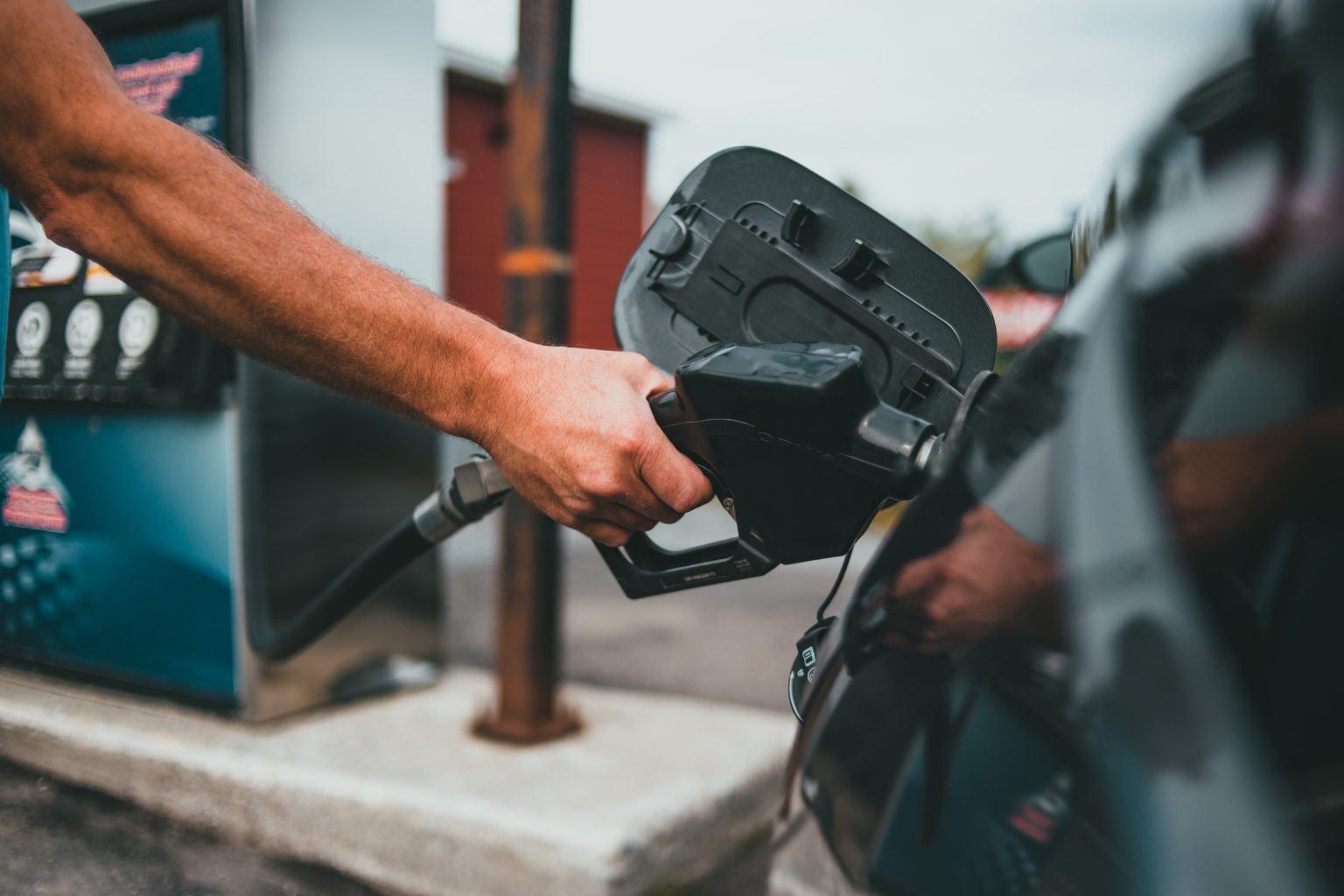Over a billion cars on our roads are guzzling petrol to propel themselves forward. The guts of these vehicles rest upon the time-tested principles of internal combustion engines, a technology that’s been holding steady for nearly 150 years. However, the science propelling our wheels forward is far from straightforward.
Enter the four-stroke engine, the brainchild of Nikolaus Otto, a 19th-century innovator. It’s a mechanical ballet inside a series of cylinders, each containing a piston. As the piston gracefully descends, it inhales a concoction of air and petrol – a mix of hydrocarbons and additives designed to safeguard the engine. Rising with purpose, the piston compresses this volatile blend, reaching temperatures soaring up to a scorching 2500°C, while pressure mounts. At the zenith of its ascent, a spark ignites the party.
Now, we’ve got the holy trinity of combustion – oxygen, fuel, and heat – triggering an explosion that sends the piston hurtling back down. On its return journey, the piston expels the remnants of combustion as exhaust, poised to kick-start the cycle anew. Linked to a crankshaft, the bottom of the piston transforms these explosions into the propelling force for the entire vehicle. This symphony of explosions reaches a crescendo in a Formula One car, where the crank spins at a dizzying 15,000 revolutions per minute, equating to a jaw-dropping 50,000 explosions every single lap.
Combustion challenges Yet, this harmonious setup has its fair share of drawbacks. First and foremost, it’s remarkably inefficient. Despite the chemical energy cradled in hydrocarbons, a lion’s share dissipates as heat rather than propelling the car forward. Even the most streamlined combustion engine can only boast a 50% thermal efficiency. Achieving the elusive equilibrium of fuel and air in the engine for complete combustion is another tricky feat. Too little air creates a ‘rich’ fuel mix, packing more punch but squandering energy. Conversely, too much air results in a ‘lean’ mix, generating less power and cranking up the engine’s temperature.
As the world pivots towards electric vehicles, fuelled by lithium-ion batteries with an efficiency soaring up to 90%, the internal combustion engine finds itself standing at a crossroads.
Then there’s the matter of explosions gone rogue. Early petrol engines grappled with ‘knocking,’ where rogue air pockets in the cylinder would spontaneously combust, disrupting the smooth descent of the piston. This menace found its nemesis in Thomas Midgley Jr, a pioneering chemist who proposed the addition of tetraethyl lead to petrol. Rather than derailing the cycle, any rogue pocket would form innocuous lead lumps, later expelled in the exhaust. The unfortunate twist: lead proves toxic to humans, causing severe health issues. With leaded petrol consigned to history, alternative solutions now tackle the knocking problem.
Exhausting pollution The saga continues with the thorny issue of waste gas. Incomplete combustion births exhaust containing hydrocarbons, carbon dioxide (CO2), carbon monoxide (CO), and a cocktail of nitrogen oxides (NOx), the culprits behind acid rain. A silver lining emerges in the form of the catalytic converter, a small box adorned with a ceramic honeycomb housing metals like platinum or palladium. When heated to around 400°C, these metals engage in a chemical tango with the engine’s waste gases, transforming CO into CO2 and oxidizing unburnt hydrocarbons into CO2 and water. Modern converters, employing a ‘three-way’ dance, also neutralize NOx gases by initiating a reaction with CO, birthing nitrogen.
Despite these innovations, the internal combustion engine remains an environmental foe. The International Energy Agency estimates that a quarter of global CO2 emissions stem from transportation, with a whopping three-quarters courtesy of road traffic. This fuels the shift towards electric cars, boasting lithium-ion batteries that yield a lofty efficiency of up to 90%, accompanied by near-zero emissions. Nevertheless, with a staggering one billion petrol and diesel-powered vehicles still on the prowl, bidding adieu to these carbon-spewing machines and embracing cleaner alternatives is a marathon, not a sprint.

